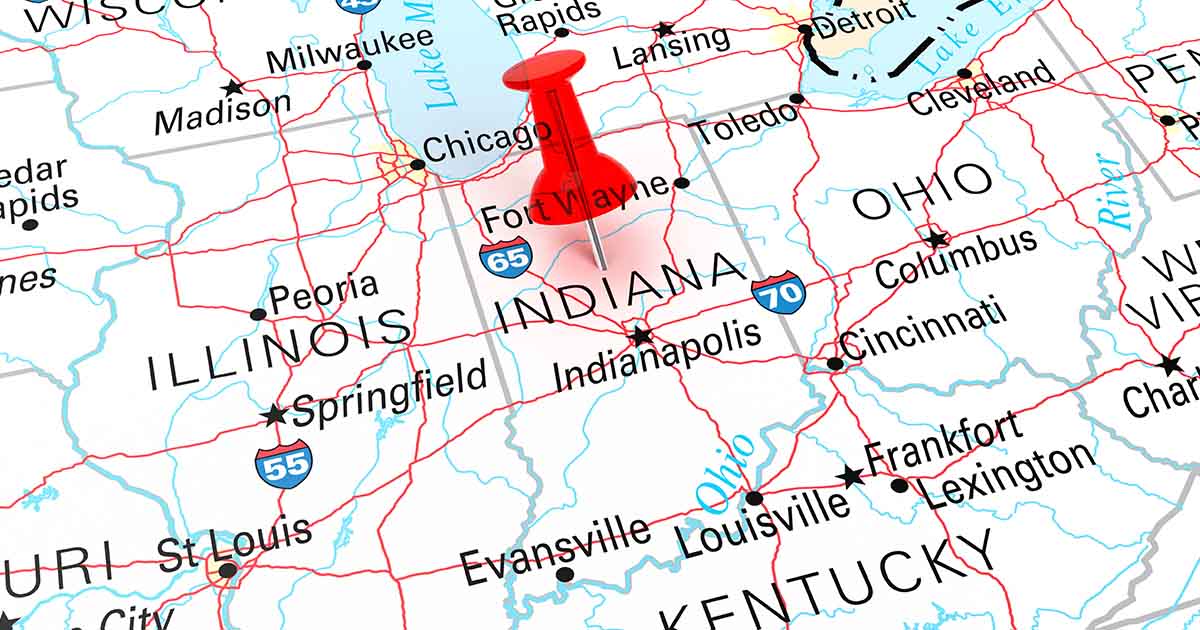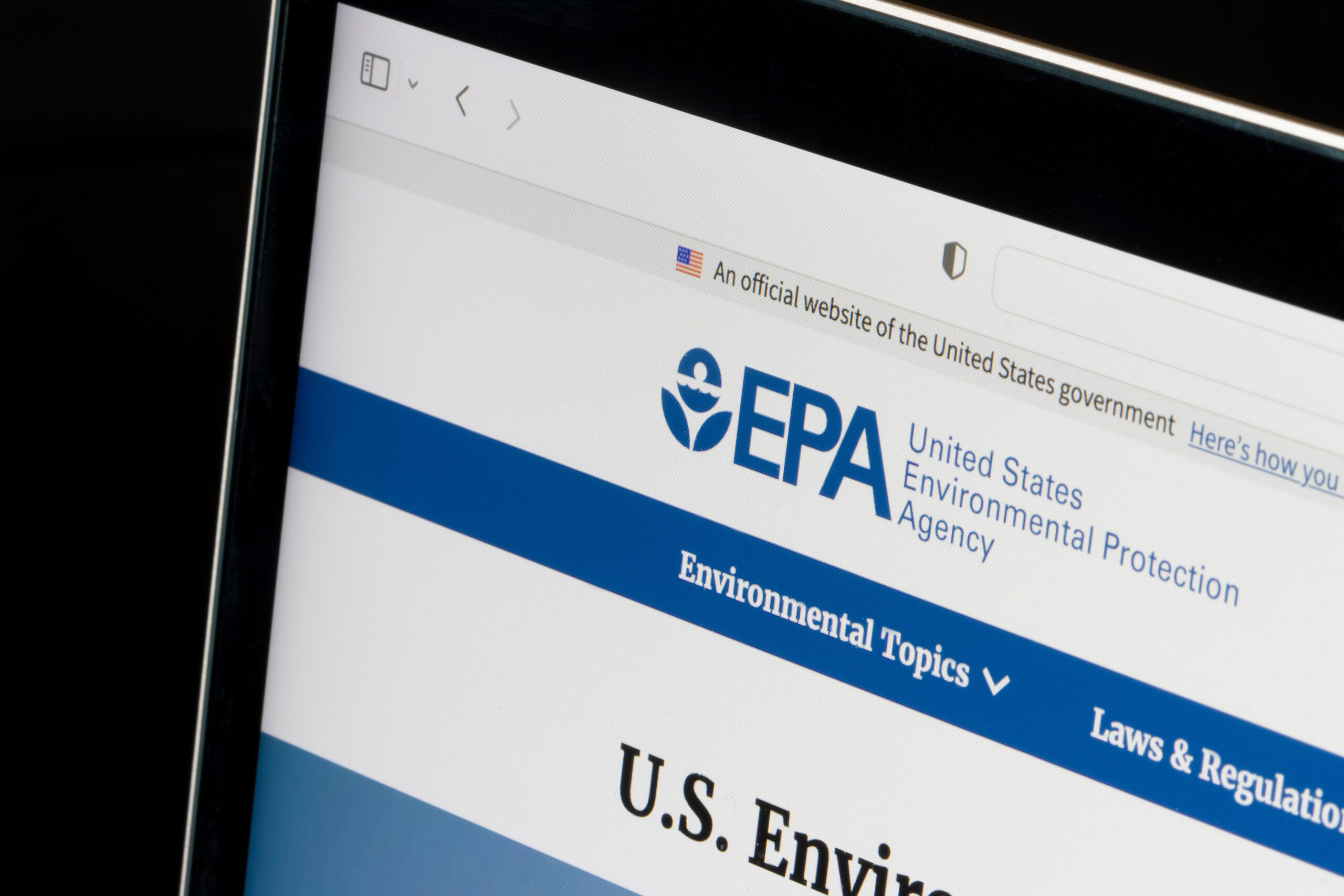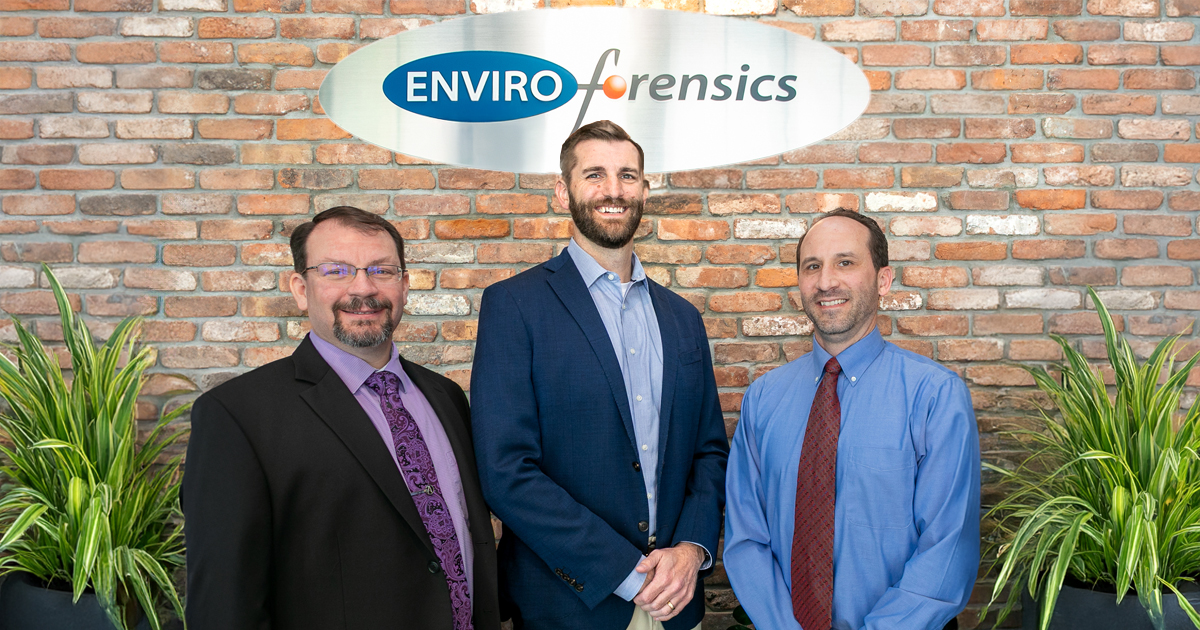BY: NICK HILL, LPG
Over the past few weeks, the EPA issued several announcements for refining their PFAS Action Plan based on the current administration’s objectives and regulatory interpretations for addressing per- and polyfluoroalkyl substances (PFAS, or “Forever Chemicals”). Through these initiatives, the EPA aims to reduce the prevalence of PFAS in the environment and to tackle PFAS at the source by holding responsible parties accountable for PFAS releases. A summary of the new information is presented below.
Revisiting the 2019 PFAS Action Plan: What’s Changed in 2025
First, on April 28, 2025, the EPA announced updates to February 2019 PFAS Action Plan, initially launched in under Trump’ s first term. The 2019 PFAS Action Plan outlined both immediate and long-term strategies to better understand and address PFAS. The new EPA updates are centered on strengthening the Science behind decision-making and response actions, fulfilling statutory obligations, enhancing communication, and building partnerships. Several key factors include designating an agency lead for addressing PFAS, developing effluent limitations guidelines (ELGs) for PFAS manufacturers and metal finishers, enforcing Clean Water Act and TSCA limitations on PFAS use and release to prevent further contamination, and working with states to assess risks from PFAS contamination and the development of analytical and risk assessment tools.
Drinking Water Regulations: A Step Forward with a Delayed Timeline
Shortly after the April 28th announcement, the EPA released a notice on May 14, 2025, emphasizing its commitments to understand and address PFAS while ensuring regulatory compliance is feasible for drinking water systems that passively receive PFAS. The agency will maintain the current National Primary Drinking Water Regulations (NPDWR) regulations, initially set in April 2024, and the EPA’s Maximum Contaminant Levels (MCLs) for perfluorooctanoic acid (PFOA) and perfluorooctane sulfonic acid (PFOS). Additionally, the EPA will be proposing an extension of the compliance deadline for drinking water systems to meet the PFOA and PFOS MCLs from 2029 until 2031 to allow more time to implement solutions for addressing PFOA and PFOS. The proposed rule is expected to be issued this fall and finalized in Spring 2026
Industry Accountability: Strengthening Effluent Guidelines and Enforcement
The EPA’s initiatives to address PFAS at the start of the second Trump Administration show promise; however, there are concerns regarding alterations to previously established regulations and deadlines. Maintaining the initial Maximum Contaminant Levels (MCLs) for PFOA and PFOS set in April 2024 ensures consistency. Furthermore, the EPA’s plan to establish effluent limitations guidelines (ELGs) for PFAS manufacturers and metal finishers, and to assess other required ELGs to mitigate PFAS discharges, is a positive step towards holding responsible parties accountable for PFAS releases. Additionally, the EPA’s extension of the deadline for drinking water systems to comply with the MCLs for PFOA and PFOS, coupled with the enhancement of outreach and support mechanisms such as the existing Water Technical Assistance (WaterTA) and the new PFAS Outreach Initiative (PFAS OUT), will provide the necessary tools and financial aid to communities and drinking water systems affected by PFAS pollution.
Regulatory Setbacks and Scientific Integrity: Concerns About GenX and PFBS Reversals
Of concern is the postponement of the drinking water system compliance deadline and the EPA’s decision to rescind regulatory actions for GenX chemicals and PFBS based on legal grounds rather than scientific reasons. As scientists, we acknowledge the complexities involved in understanding PFAS and addressing related exposure pathways; thus, additional information can be advantageous in developing long-term effective solutions. However, delaying PFAS treatment in drinking water systems and reversing prior decisions on GenX chemicals and PFBS without scientific justification could unnecessarily extend immediate exposures to communities currently impacted by PFAS contamination. Additionally, while the EPA has expressed intentions to hold Responsible Parties accountable for PFAS releases, the framework for doing so remains ambiguous. We anticipate future decisions and actions from the EPA concerning PFAS with great interest.
Looking Ahead: Anticipated EPA Actions and the Path to PFAS Accountability
For information about the PFAS Rule, visit Final PFAS National Primary Drinking Water Regulation and Per- and Polyfluoroalkyl Substances (PFAS) NPDWR Implementation. For more information about PFAS Technical Assistance, visit EPA Water Technical Assistance. You can also Request EPA WaterTA services for your community. And if you have more questions, please contact us.



